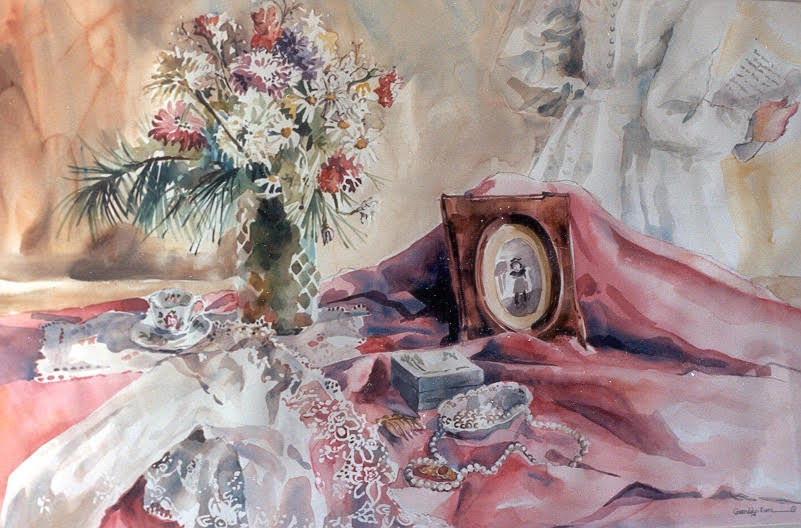Going through boxes, baskets, and files this week, I’ve encountered some forgotten journals. All in all, I’ve written thirty-some journals over my lifetime, most of which I can locate and am aware of the epochs they cover.
But I ran into one I’d not read since I wrote it in 1967. Worn, with 6 small metal rings, the 4″ x 7″ black leather binder contained pen and pencil entries on now-frayed lined paper that began in August and continued through November. It covers a four-month trip to Europe I took with about 20 college art students and a college art professor with whom I was eager to paint. I was older than the students, having graduated in 1965 and having taught high school art in the two years since. I’d applied to be the chaperone but the college felt I was too young. They were happy, however, to let me pay to go as a student and my parents agreed to cover most of the cost along with money I’d saved from teaching.
What startled me about the journal as I read it this week was that rather than only focusing on every country’s charms–we were in England, France, Italy, Switzerland–or sticking with discussing favorite museums, paintings, watercolor techniques, class critiques and my plein air work, I was writing a personal journey inward. My first entry August 19, 1967 reads: “I could hardly wait to get home tonight to begin this journal. I look to a journal for complete unfoldment of thoughts that jumble inside me. It is a way to make things clear. It is a self-communication that leads to self-understanding and, moreover, life-understanding. “
In some ways this does not surprise me. Many years later, in the 1980s, I won a grant to create and teach a women’s studies course in a girls’ private high school, requiring my students to keep journals. Journal writing was and is a means for a woman to discover who she is, to journey through her days with insights, observations, happenings and noting the silences. “Words…are the primary route toward knowing both the particular worlds we inhabit and our unique and individual selves.” writes Deena Metzger in her book, Writing For Your Life, a book I used in my women’s studies course.
Another important book, which I had the girls read, was A Day at a time: The Diary Literature of American Women from 1764 to the Present by Margo Culley. As you travel through history, reading excerpts from each woman’s journal, you know them, their struggles, joys, and the culture which corners them in their particular time. Surprisingly, much of their stories are relevant to one’s own. There is a universal truth to be gained in the reading. As Metzger writes: “When truthfulness is honored, describing the world and describing ourselves are the same act. Creating art and creating ourselves are the same act; art, world, ourselves–these are continuous with one another.” As I wrote in my journal that August evening, my purpose for my trip to Europe was “to find myself–isn’t this the one constant reason for life?” While I offer five more reasons for the trip, this self-knowledge comes first.
I find my journals are frank, honest, uncompromising, fearless in observations and insights. So, too, are most women’s journals. Throughout history we have been silenced. Even today. But in our journals our voices can be heard. If you’re not now keeping a journal, start one. Let it flow and appreciate the revelations it has to teach you.

Artwork: This was a watercolor I painted on “elephant” size paper–larger than 40″ wide, though I no longer recall its precise dimensions, nor title. I painted it about 4 decades ago–not sure what happened to it. Was it sold? I can’t seem to find it. It shows a woman writing in the upper right, with her tell-tale possessions spread out before her suggesting who she was.